Cinco De Mayo Vs. Mexico’s Real Independence Day: 10 Travel Facts That Matter
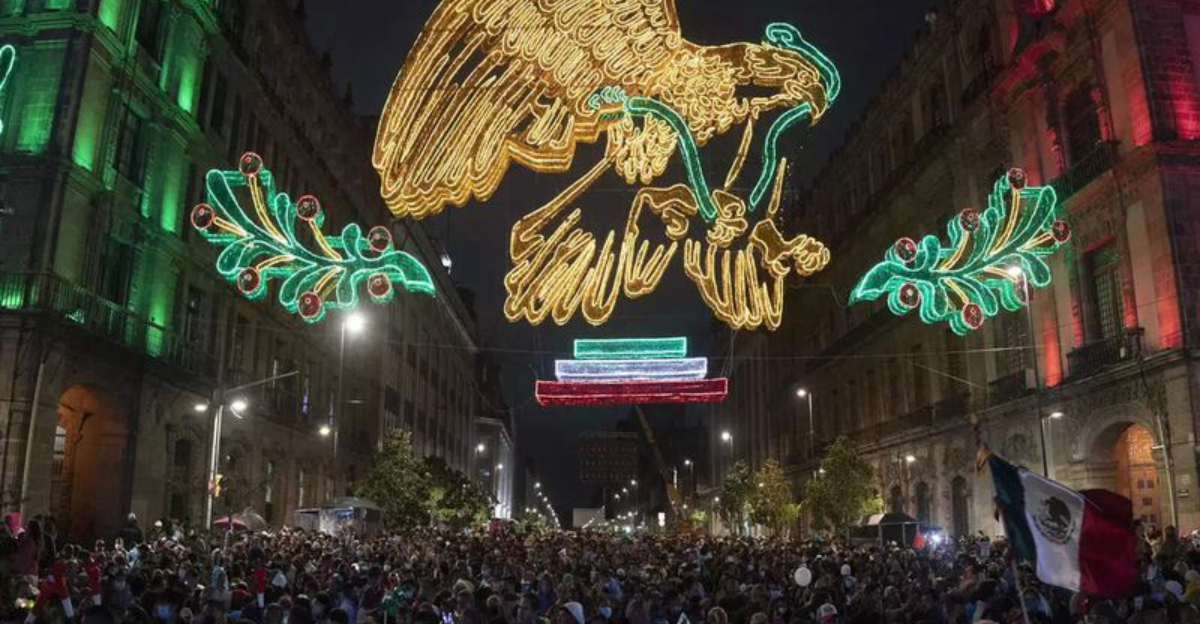
When planning a trip to Mexico, it’s easy to confuse Cinco de Mayo with Mexico’s Independence Day—but they’re two very different celebrations, each with its own unique flair. Cinco de Mayo commemorates the Mexican army’s victory over France at the Battle of Puebla in 1862.
It’s more about pride and resilience, and while it’s celebrated with parades and reenactments in Puebla, the rest of the country keeps it relatively low-key. On the other hand, Independence Day—celebrated on September 16—is a nationwide explosion of patriotism, marked by fireworks, street festivals, and the famous “Grito de Dolores.”
So if you’re visiting Mexico, knowing which holiday you’re experiencing will deepen your appreciation of the culture. Which would you prefer to witness—Puebla’s historical pride or the full-on patriotic energy of Independence Day?
1. They’re Not the Same Holiday
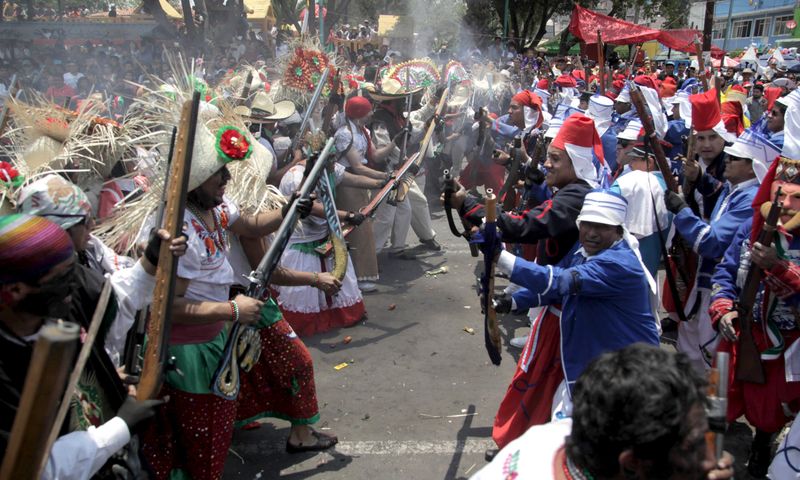
If you’re planning a trip to Mexico, don’t confuse Cinco de Mayo with the country’s Independence Day. These celebrations are distinct and held for different reasons. Cinco de Mayo commemorates the Battle of Puebla, where a small Mexican army defeated the much larger French forces on May 5th, 1862.
However, Mexico’s Independence Day, celebrated on September 16th, marks the country’s independence from Spain in 1810.
When visiting, understanding these differences adds depth to your travel experience. Cinco de Mayo is primarily celebrated in Puebla, while Independence Day is a nationwide festivity. Knowing this can help travelers appreciate the unique cultural narratives at play.
2. Independence Day Is September 16
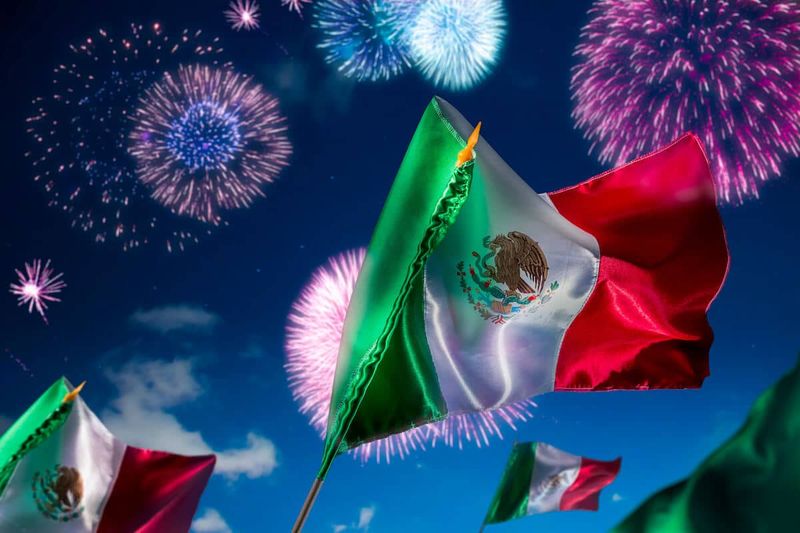
September 16 is a date that resonates deeply in Mexican hearts. It’s a day filled with pride and joy as the nation commemorates its independence from Spanish rule. When you’re in Mexico during this time, you’ll experience the vibrant parades, delicious foods, and joyous gatherings.
It’s a celebration that extends beyond just one day, embodying the spirit of freedom and unity. Expect to be immersed in a sea of green, white, and red, the colors of the Mexican flag.
From city squares to small towns, the celebrations are infectious and memorable, making it a perfect time for tourists to visit.
3. Cinco de Mayo Marks One Battle
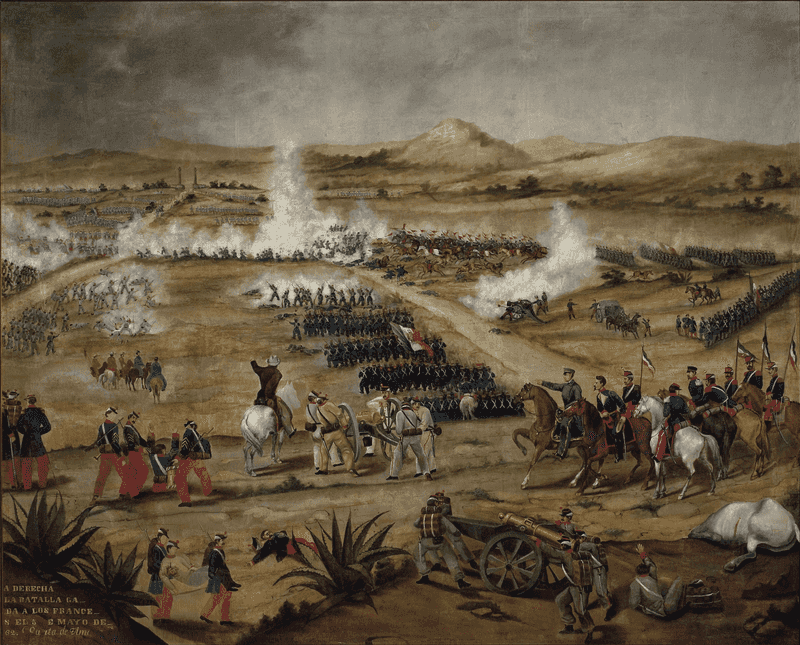
Though it’s not Mexico’s Independence Day, Cinco de Mayo is a significant date in Mexican history. It marks the victory at the Battle of Puebla, where a small Mexican force achieved an unlikely triumph against the French on May 5, 1862. This victory boosted the morale of the Mexican people.
For those traveling to Mexico, especially Puebla, you’ll find reenactments and parades bringing history to life. It’s a celebration of courage and resilience, though more popular in the U.S. than in Mexico.
Understanding its historical context adds richness to your visit, offering a glimpse into Mexico’s storied past.
4. Independence Day Is a National Holiday

When planning your travel itinerary, note that September 16 is a national holiday in Mexico. Schools, businesses, and government offices close, allowing everyone to take part in the festivities. It’s a day of national pride, celebrated with parades, festivals, and family gatherings.
If you’re visiting during this time, you’ll witness the whole country coming alive with celebrations. The night before, known as “El Grito,” is particularly special, with reenactments of the historic call to arms that began the fight for independence.
It’s an exciting time to immerse yourself in Mexican culture and history.
5. One’s Bigger in the U.S., the Other in Mexico

Though celebrated in both countries, Cinco de Mayo has a larger presence in the United States than in Mexico. Many Americans embrace the day with parades, parties, and Mexican food festivals, often unaware of its historical significance. Conversely, Mexico’s Independence Day holds more weight within the country itself.
If you find yourself in Mexico on these dates, you’ll notice the contrast in celebrations. In Mexico, September 16 is grand, with the entire nation participating. In the U.S., May 5 is festive yet more commercialized.
This distinction is fascinating, highlighting cultural differences and shared histories.
6. You’ll See Fireworks in September, Not May

When visiting Mexico, don’t expect to see fireworks lighting up the sky on Cinco de Mayo. Instead, the grand displays are reserved for September 16. Independence Day is celebrated with exuberant fireworks that illuminate the night, symbolizing freedom and national pride.
For travelers, this means September 16 is an ideal time to experience Mexico at its most vibrant. The air is filled with excitement, and the sense of unity is palpable.
Fireworks are a traditional highlight, and being there to witness them is an unforgettable experience. It’s a beautiful sight, with colors and sounds that will captivate you.
7. Independence Day Celebrations Last Longer
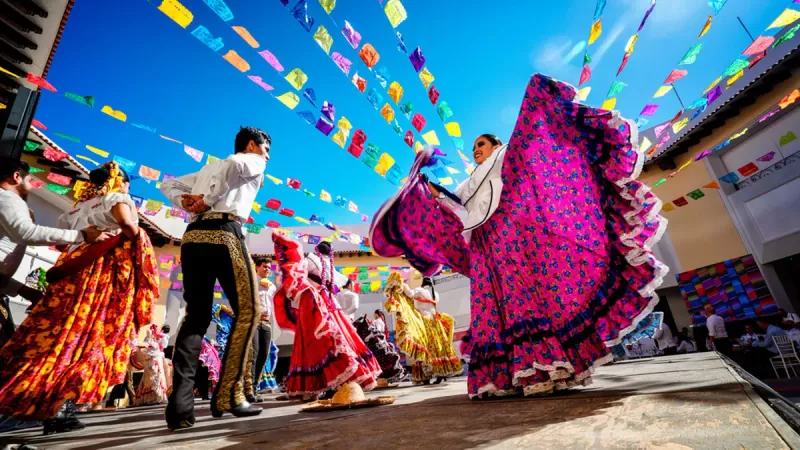
Though Cinco de Mayo is celebrated mainly on its day, Mexico’s Independence Day festivities often last several days. From the “El Grito” ceremony on the night of September 15 to parades and parties well into the 16th, the celebrations are extensive.
This prolonged festivity allows tourists ample time to engage with local traditions and partake in various events. It’s a cultural immersion like no other, offering more than just a single day of activities.
Travelers can explore the essence of Mexican heritage and community spirit throughout these days, making their visit truly enriching.
8. Puebla vs. Nationwide Celebrations
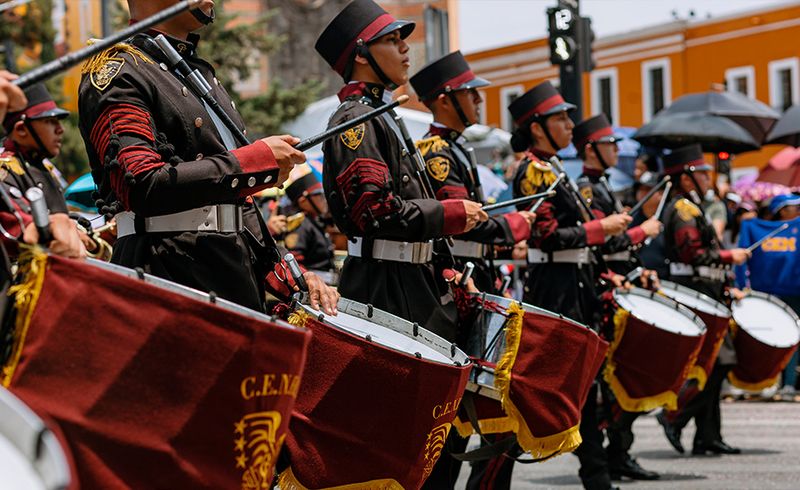
Though Cinco de Mayo is celebrated across Mexico, it holds a special significance in Puebla, where the famous battle took place. Here, the celebrations are most vibrant, with reenactments and local festivities.
In contrast, Mexico’s Independence Day is a nationwide celebration, uniting cities and towns across the country in a collective expression of pride. If you’re traveling, this means you can choose between experiencing a localized celebration in Puebla or the widespread national festivities in September.
Each offers unique insights into Mexican culture and history, enriching your travel experience.
9. Tourists Often Mix Them Up
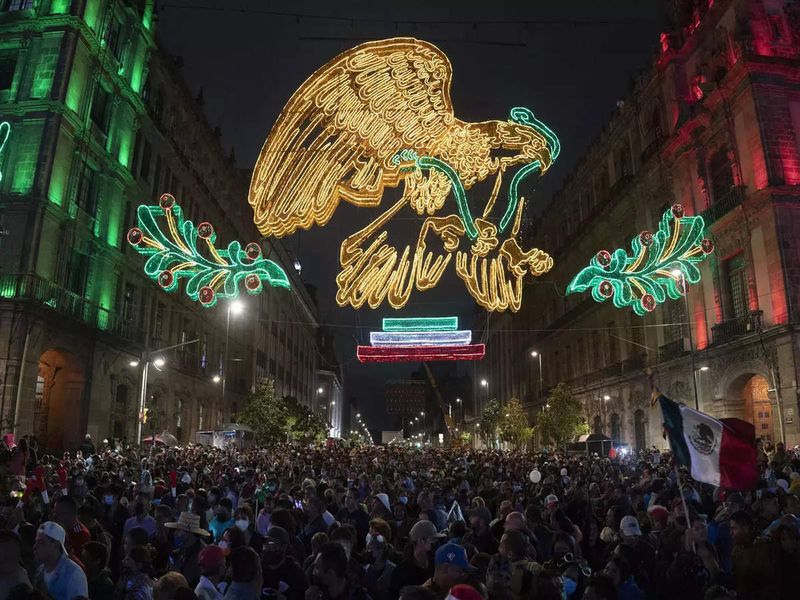
Did you know many tourists mix up Cinco de Mayo and Mexico’s Independence Day? It’s a common misconception due to the festive nature of both holidays. However, understanding the historical contexts of each will enhance your travel journey.
While Cinco de Mayo celebrates a battle victory, September 16 marks independence from Spain. Awareness of these differences ensures a more meaningful experience and helps you connect more deeply with the rich tapestry of Mexican culture.
Traveling with this knowledge allows for a respectful and insightful exploration of Mexico’s traditions and celebrations.
10. Each Tells a Different Story of Mexico’s Pride
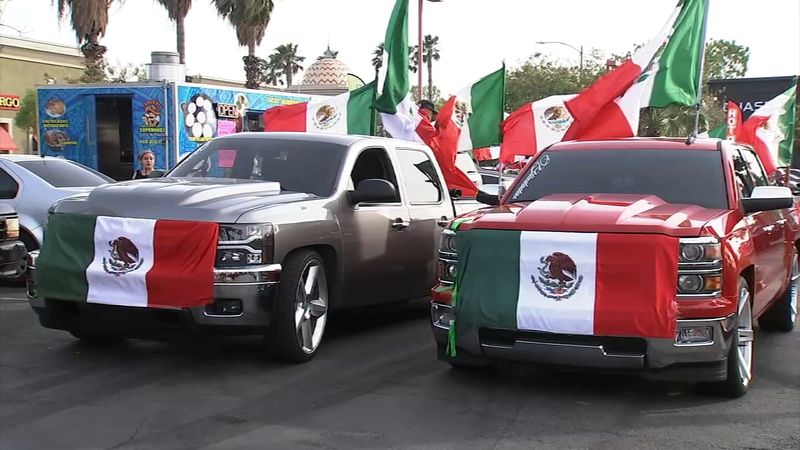
This year, if you visit Mexico, you’ll find that both Cinco de Mayo and Independence Day tell unique stories of resilience and pride. Cinco de Mayo highlights a momentous battle victory, while Independence Day celebrates the broader liberation from colonial rule.
Each holiday offers insights into Mexico’s rich history and the diverse ways its people celebrate national pride. From the courageous stand in Puebla to the united front against Spanish rule, these stories are integral to understanding modern Mexico.
Embracing these narratives during your travels will provide a deeper appreciation of the country’s cultural identity.
